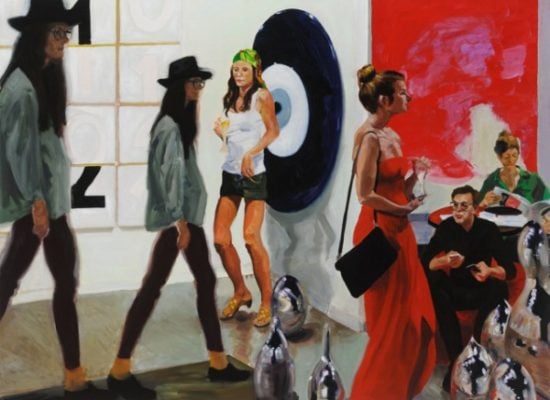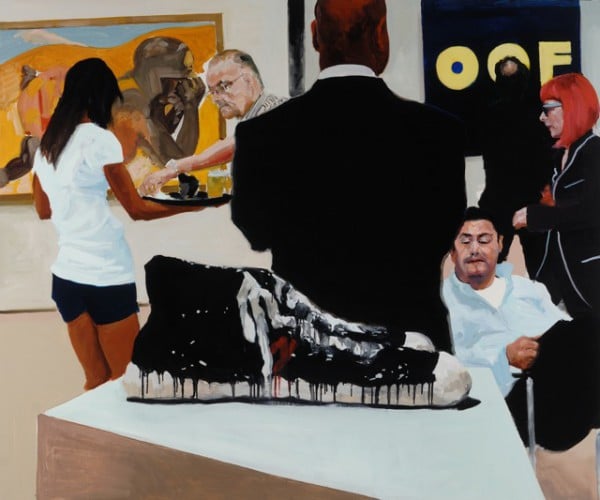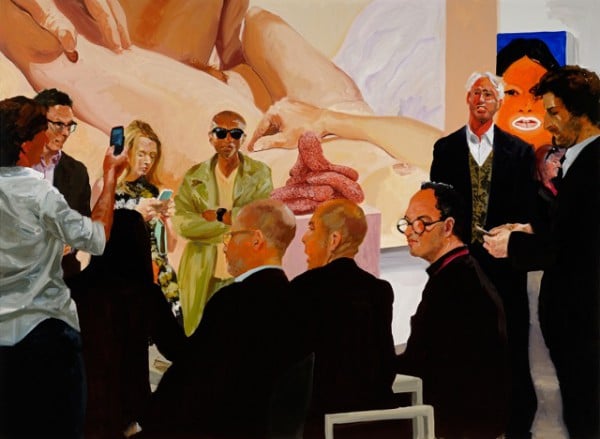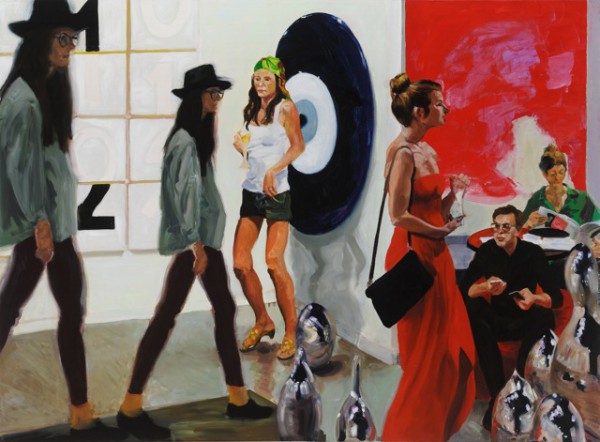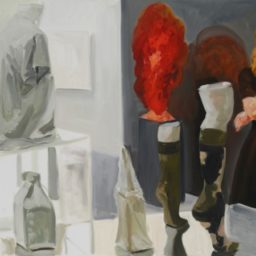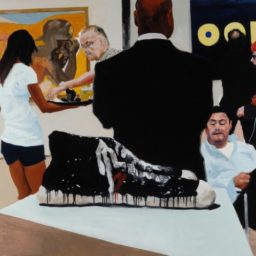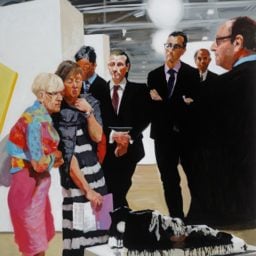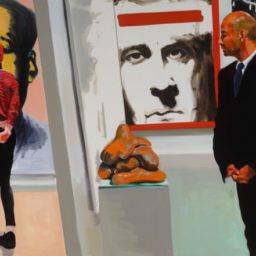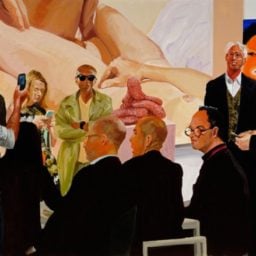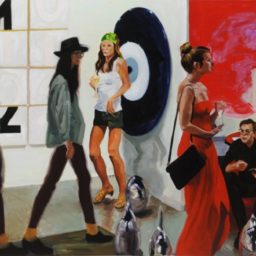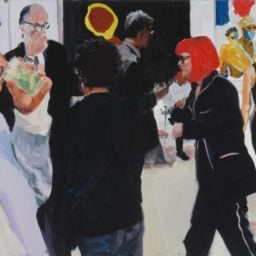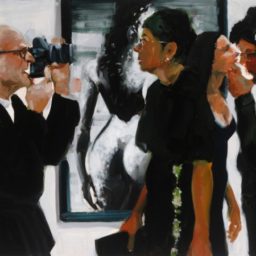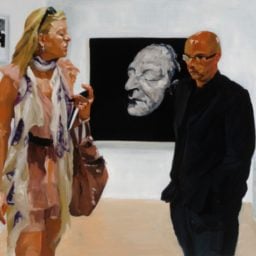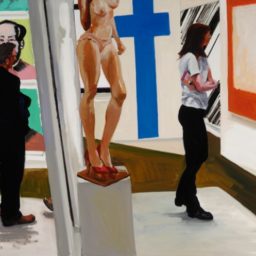Painter Eric Fischl came to fame in the early 1980s with erotically charged depictions of suburban life, loosely informed by his Long Island childhood. Boys, housewives, and sunbathers were pictured in ambiguous situations fraught with anxiety, desire, and frustration─their naked forms acting as catalyst to consider America’s complex obsession with the body.
The celebrated chronicler of American life has now turned his incisive eye to the phenomenon that perhaps best encapsulates the art market’s recent changes: namely, art fairs. In a new series of paintings on show at Victoria Miro’s East London gallery from today, Fischl dissects the idiosyncrasies of these events, which are ostensibly about art and yet so remote from it. The painter talked to artnet News about how he came to confront his controversial subject.
How did you start on this series of paintings?
Perhaps a better question is why did I start this series of paintings? While I was writing my memoir, “Bad Boy: My Life On and Off the Canvas,” I was forced to deal with the seismic shift the art world underwent from the time I entered it in the 1970s until present. This reality was not something I particularly wanted to acknowledge or deal with. But after completing the memoir I felt I had no choice but to confront the art market and, more specifically, art fairs.
Once I began to really look at them I could see ways of using the sensory overload of art fair environments to tackle interesting and complex painting problems. The temporary and barely rational architecture of so many cubicles with so many competing visual demands is inherently surreal. This opened up for me new opportunities for bolder compositional formats, inexplicable scale shifts, simultaneous multiple perspectives, and because I was painting other artists’ work, a new palette of colors.
Until a few years ago, you refused to go to art fairs. Why and what has changed?
As an art practice, I have always tried to stay within the context of my life and to use its changing circumstances as sources of inspiration. From my suburban upbringing, through my travels, my circle of friends, aging and loss, I have tried to stay alert and bear witness as I struggle to make sense of it all.
Can you tell us about your working process for this series, and for your large paintings in general?
I take photographs (to be clear, I take snapshots) wherever I go and once back in the studio I download them into my computer. Working with Photoshop, I cut and paste people and objects into environments trying to arrive at a compelling and animated moment which feels like something more than what can be seen is taking place. Once I have that collage I go to the canvas and begin to paint it. Large paintings, small paintings, it is all the same process. I don’t grid or draw out the image first. I prefer just to start and I start each painting differently.
You came to fame in the early 1980s, as the art market boomed. How different was the art world then?
When I came into the art world it was still called the art world. Now it is called the art market. When I was an art student, fame and fortune were not connected. Today they are inseparable. The pressure that exerts on young artists is enormous and has profound consequences. It rushes their process of becoming artists. It forces them to go for a “look” before they have found their themes. They are in a rush to become branded. It has changed everything. The revolution of modernism is definitively over.
The inner workings of the art industry were an important topic in the 1970s, at the peak of Institutional Critique, but few artists tackle the art market these days. How do you explain this reluctance?
You’d have to be an idiot to bite the hand that feeds you.
What would you be doing if you were not an artist?
An astronaut. Doesn’t everyone want to be an astronaut? But I wouldn’t want to be an astronaut if I didn’t have my art training so that I could deal with the depth of this life-changing experience. So I guess I just want to be an artist.
Follow Artnet News on Facebook:
Want to stay ahead of the art world? Subscribe to our newsletter to get the breaking news, eye-opening interviews, and incisive critical takes that drive the conversation forward.
